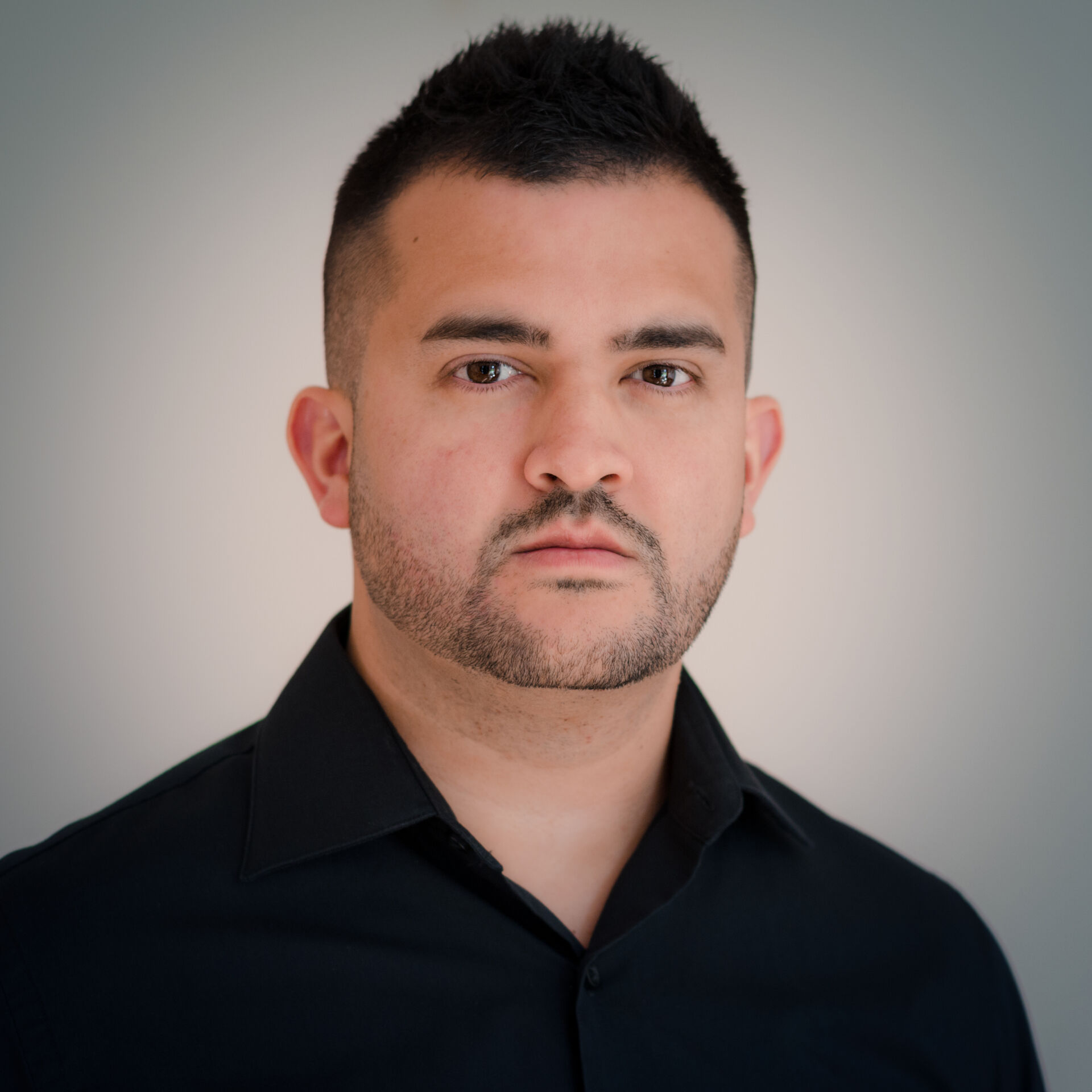 Since the 1st of August 2018 the Rosseland Centre for Solar Physics (RoCS) is happy to welcome a new postdoctoral fellow, Daniel Elías Nóbrega Siverio!
Since the 1st of August 2018 the Rosseland Centre for Solar Physics (RoCS) is happy to welcome a new postdoctoral fellow, Daniel Elías Nóbrega Siverio!
Originally from Venezuela, Daniel and his family moved to Tenerife (Spain) when he was 3 years old. At the Universidad of La Laguna (ULL) Daniel received his BSc in Physics and consecutively his MSc degree in Astrophysics, with focus on theoretical and computational astrophysics. After that, he carried out his Ph.D. project at the Instituto de Astrofísica de Canarias (IAC) and ULL under the supervision of Prof. Fernando Moreno Insertis and Dr. Juan Martínez Sykora.
– During my Ph.D. I studied eruptive phenomena in the solar atmosphere associated with magnetic flux emergence processes from the interior, specifically "surges". These are cool and dense ejections usually related to other events observed in the solar atmosphere, such as coronal jets or UV bursts.
– Aiming at providing a better understanding of these complex phenomena, we addressed the surges by combining numerical modeling and observations.
Continuing studying the solar atmosphere
In the next three years Daniel will continue and expand his research study in solar eruptive and ejective phenomena, facing some new challenges posed by the non-equilibrium ionization effects.
– We have started to explore the effects of ambipolar diffusion on the magnetic flux emergence process leading to the surge phenomenon and in the surge itself.
– What is your approach?
– The main approach will be theoretical, through numerical experiments performed using the state-of-the-art Bifrost code. Furthermore, we will combine theory and high-resolution observations from the Interface Region Imaging Spectrograph (IRIS) and the Swedish Solar Telescope (SST) to carry out forward modeling via the spectral synthesis of our numerical data.
Norway is a "paradise"
Daniel is a nature lover and photography enthusiast, therefore Norway is a "paradise" for him.
– Why the Rosseland Centre for Solar Physics (RoCS)?
– I think that RoCS is a natural place to continue the research line of my Ph.D. thesis and this postdoctoral position will give me an excellent opportunity to continue studying the solar atmosphere and its related phenomena.
– What's your experience at ITA so far?
– My experience so far is really good. People have been really nice and helped me a lot with several things, from basic knowledge concerning the work and the country to paperwork.
– Your expectations?
– I would like to achieve the goals that I have set out in the coming three years and contribute to the knowledge of the solar atmosphere phenomena. I hope to learn a lot from this fantastic research group as well as collaborate with its members.
Video: Density map showing the basic distribution of the (approximately) 6000 Lagrange tracers used to analyze the Si IV and O IV emissivity in surges in two different numerical experiments. Credits: Nóbrega-Siverio et al. 2018.